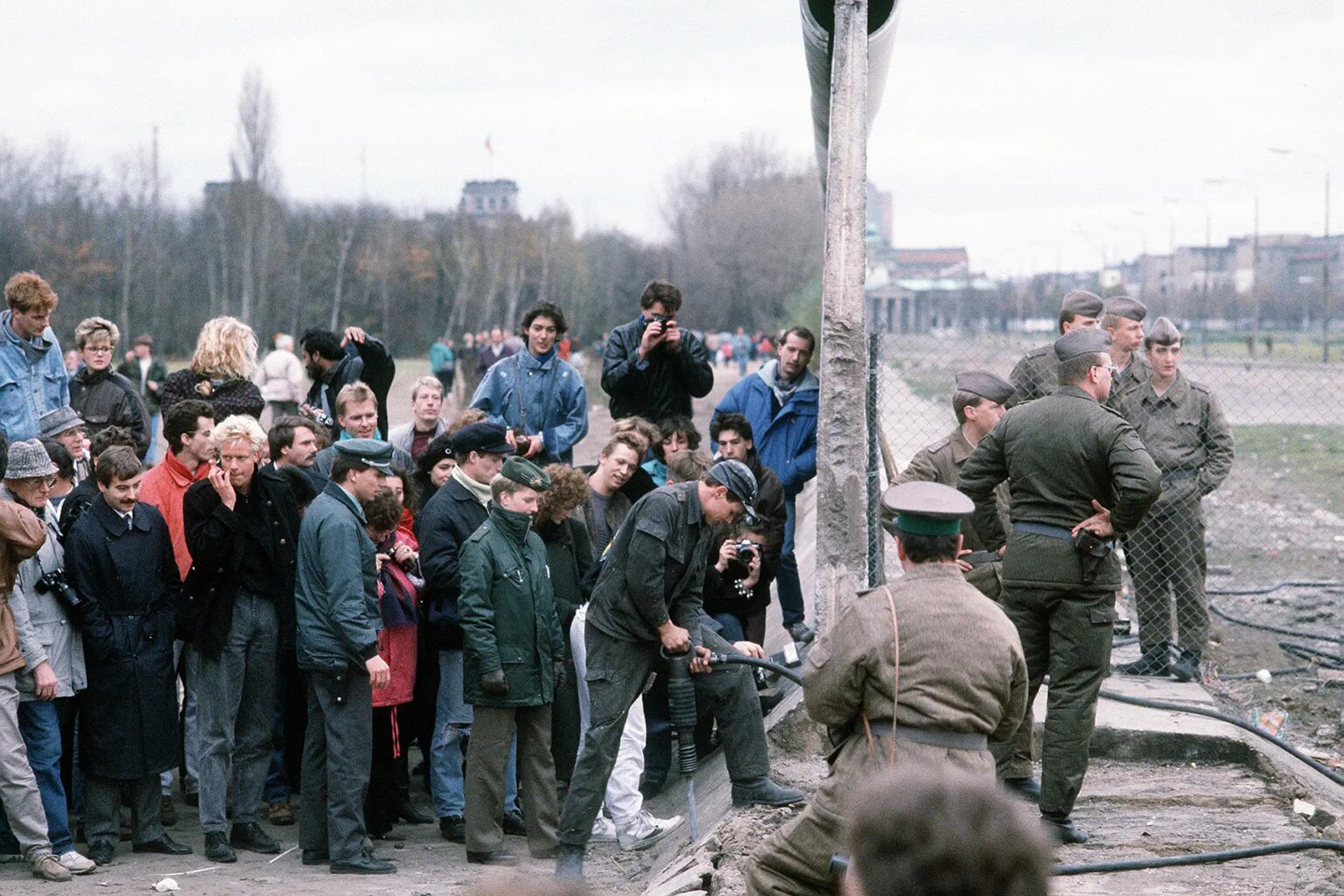As Europe’s largest economy Germany is a key member of the continent’s economic, political, and defense organizations. European power struggles immersed Germany in two devastating World Wars in the first half of the 20th century and left the country occupied by the victorious Allied powers of France, the Soviet Union, the UK, and the USA in 1945.
With the advent of the Cold War, two German states were formed in 1949 namely the western Federal Republic of Germany (FRG) and the eastern German Democratic Republic (GDR). The democratic FRG embedded itself in key Western economic and security organizations, i.e. the EU and NATO, while the Communist GDR was on the front line of the Soviet-led Warsaw Pact countries and was a puppet of Moscow. The decline of the USSR and the end of the Cold War allowed for German unification in 1990. Since then Germany has spent considerable funds to bring productivity and wages in the former GDR up to FRG standards.
Germany was a founding member of the European Economic Community (EEC) (now the European Union (EU)) in 1957 and participated in the introduction of the Euro (EUR) in a two-phased approach in 1999 (accounting phase) and 2002 (monetary phase) to replace the Deutsche Mark (DEM). It was in 1955 that the FRG joined NATO and in 1990 NATO expanded to include the former GDR. Germany is also a member country of the Schengen Area in which border controls with other Schengen members have been eliminated while at the same those with non-Schengen countries have been strengthened. In January 2011, Germany assumed a non-permanent seat on the UN Security Council for the 2011/12 term.




